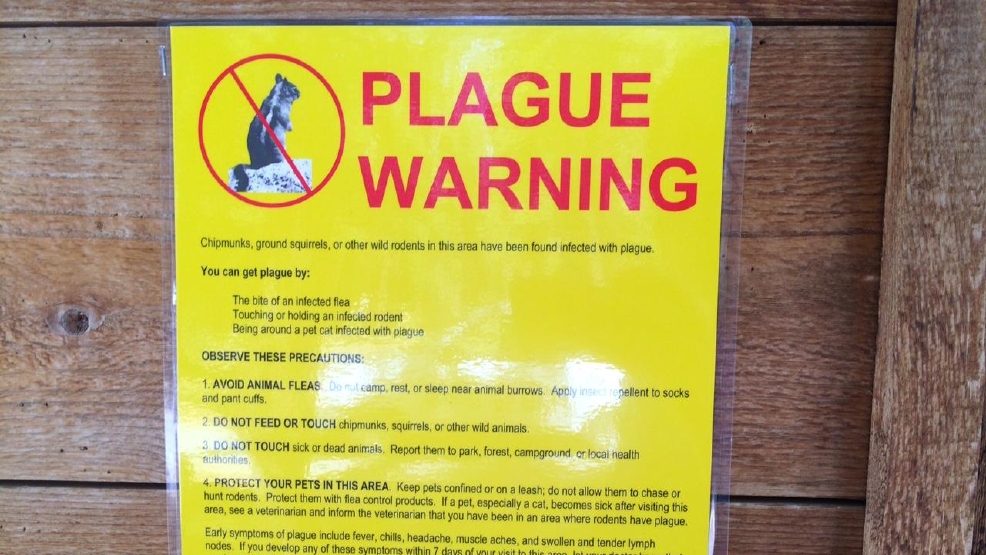

The World Health Organization reports 1,000 to 3,000 cases of plague worldwide every year. Septicemic plague does not spread from person to person. It can be caused by a complication of pneumonic or bubonic plague or it can occur by itself. Septicemic plague occurs when plague bacteria multiply in the blood.Bubonic plague does not spread from person to person. This occurs when an infected flea bites a person or when materials contaminated with plague bacteria enter through a break in a person’s skin. Bubonic plague is the most common form of plague.Becoming infected in this way usually requires direct and close (within six feet) contact with the ill person or animal. Respiratory droplets are spread by coughing or sneezing. Pneumonic plague can be transmitted by breathing in plague bacteria in respiratory droplets from a person or animal with pneumonic plague. Pneumonic plague occurs when plague bacteria infects the lungs. This type of plague can spread from person to person through the air.By inhaling infectious airborne droplets from persons or animals, especially cats, with plague pneumonia.By direct contact with an animal that has the plague.How do people become infected with plague? In the United States, the last urban plague outbreak occurred in Los Angeles in 1924-25.

Millions of people in Europe died from plague during the Middle Ages when flea-infested rats inhabited human homes and places of work.

Plague is an ancient disease that occurs in irregular cycles. This bacterium is found in rodents and their fleas and occurs in many areas of the world, including the United States. It is caused by the bacterium Yersinia pestis.
CHIPMUNK PLAGUE SKIN
To protect themselves from the plague, those living, working and hiking in areas with documented plague activity can take many of the same precautions used to prevent Lyme disease – by deterring fleas by limiting skin exposure with long sleeved and legged garments, and even tucking long pants into socks.Plague is an infectious disease that affects animals and humans. ‘Human cases of plague are extremely rare but can be very serious’, she added. ‘It’s important that individuals take precautions for themselves and their pets when outdoors, especially while walking, hiking or camping in areas where wild rodents are present’, said public health officer Dr. In 2015, four people died of the plague nationwide, including two from Colorado an adult in Pueblo County and a teenager in Larimer County, according to Colorado Public Radio.

The disease took the life of a 10-year-old girl in southwestern Colorado’s La Plata County last month. The last Californian to be diagnosed with the disease, according to the Tahoe Daily Tribune, contracted the plague in August of last year. El Dorado County officials said that they likely were bitten by a contagious flea while walking their dog nearby to the Tahoe Keys. The plague is also present and tested for in other states like New Mexico, Arizona, southern Oregon, western Nevada and Colorado.īetween one and 17 human cases are reported in the US each year, according to the Center for Disease Control (CDC). A number of chipmunks tested positive for the potentially deadly disease (Picture: Vector borne disease Section California Dept of Public Health)Īccording to the Associated Press, only 20 rodents afflicted with the plague were discovered in the vicinity of Lake Tahoe between 20.


 0 kommentar(er)
0 kommentar(er)
